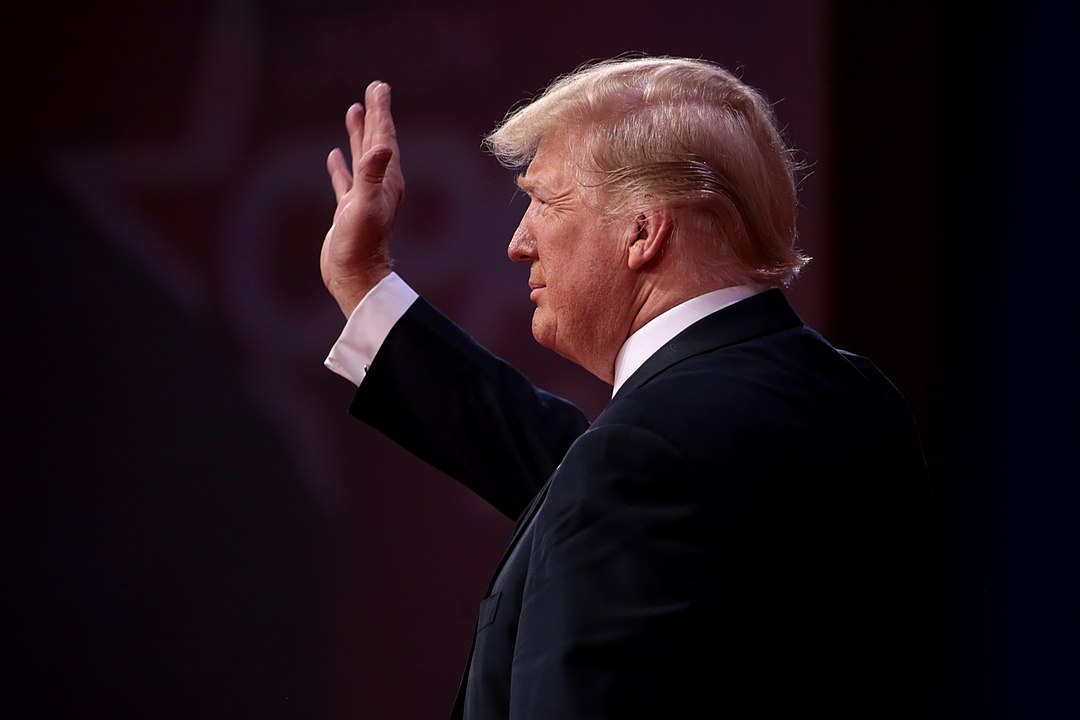Trump's Proposed Tax Plan: Income Tax Exemptions and Economic Impact
Former President Donald Trump has unveiled sweeping tax reform ideas that could potentially exempt 93.2 million Americans from paying income taxes. His proposal includes targeted income tax exemptions for specific groups, like workers who earn tips, receive Social Security benefits, or collect overtime pay. Trump has also floated the idea of expanding these tax breaks to professions such as firefighters, police officers, military personnel, and veterans.
This article explores the details of Trump’s proposed tax cuts, the economic implications of his tariff plans, and the skepticism surrounding the feasibility of his overall strategy.
Key Tax Exemptions Under Trump’s Proposal
Trump’s tax reform proposal includes several key exemptions designed to offer relief to specific groups of taxpayers:
- Tips and Overtime Pay: Under Trump's plan, workers earning tips or overtime could see significant tax relief. In 2023, an estimated 4 million tipped workers, including waitstaff and service employees, could benefit.
- Social Security Benefits: Trump aims to eliminate taxes on Social Security benefits, impacting over 68 million Americans who rely on these payments each month.
- Public Service Workers: Trump also hinted at extending tax exemptions to police officers, firefighters, military personnel, and veterans. These groups total approximately 2.6 million individuals, including 18.6 million veterans as of 2023.
If implemented, these exemptions could reduce federal tax obligations for roughly 93.2 million people, a significant portion of the U.S. population. This represents about 38% of the 244 million Americans eligible to vote in 2024, and could play a major role in Trump’s pitch to voters.
Can Tariffs Replace Income Taxes?
In addition to tax cuts, Trump proposes funding the lost tax revenue by imposing a universal 20% tariff on all imports, with a 60% tariff on Chinese imports. His argument is that these tariffs would generate enough revenue to offset the loss from reduced income taxes.
However, tax experts are skeptical about this claim. Garrett Watson, a senior policy analyst at the Tax Foundation, states that “the math doesn’t work out.” According to the Tax Foundation, tariffs would raise about $3.8 trillion over the next decade, far less than the $33 trillion expected from income taxes in the same period. Evercore analysts echoed this concern, noting that tariffs will not replace the massive revenue loss from income tax cuts.
Additionally, tariffs function like a sales tax, increasing the cost of goods for consumers, particularly impacting low-income households, who already spend a higher percentage of their income on essentials. This "invisible tax" may offset any relief provided by income tax exemptions, especially for lower-income individuals.
Impact on Federal Revenue
The combined impact of Trump’s tax exemptions and tariff plan could significantly reduce federal revenue. The Tax Foundation estimates that these proposals, including exemptions on tips, Social Security benefits, and overtime pay, would decrease federal revenue by approximately $2 trillion over the next decade. Factoring in Trump’s other tax cuts and tariff proposals, the total revenue loss is projected to reach $3 trillion from 2025 to 2034.
These potential revenue shortfalls raise concerns about the sustainability of such a plan. Analysts argue that cutting such a significant portion of federal income while relying on tariffs to fill the gap could lead to increased national debt or reductions in public services.
Political Feasibility of Trump’s Tax Plan
While Trump’s proposed tax overhaul has captured the attention of voters, its implementation is far from guaranteed. His 2017 tax cuts, which provided significant reductions for businesses and high-income earners, are set to expire in 2025 unless extended by Congress. Trump has vowed to make those tax cuts permanent.
However, any substantial tax reform will require approval from the House of Representatives, where all tax bills originate. Currently, Republicans hold a slim majority in the House, but control of the chamber could shift after the 2024 election. If Trump wins the presidency but does not secure a Republican majority in the House, passing his tax overhaul would face significant challenges.
Trump’s proposed tax reforms, including targeted exemptions for millions of Americans, present an ambitious vision for overhauling the income tax system. While these ideas may appeal to certain voters, the economic feasibility of replacing income tax revenue with tariffs is widely questioned. With federal revenue potentially falling short by trillions of dollars, and political hurdles in Congress, the future of Trump’s tax plan remains uncertain.
As the 2024 election approaches, taxpayers and voters will need to weigh the benefits and risks of this tax strategy, considering both its potential relief and long-term economic consequences.














